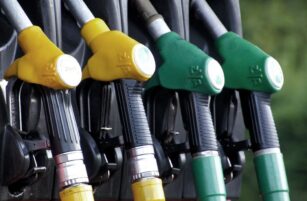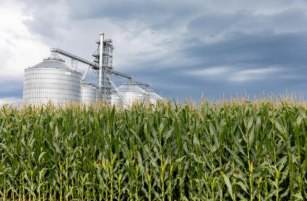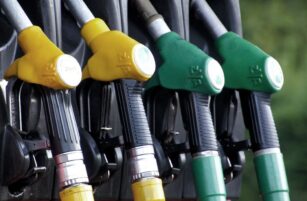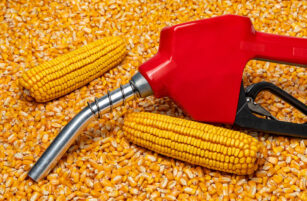Insight Focus
- 86% of Brazil’s corn-based ethanol is produced in Mato Grosso.
- Ethanol has been key in raising Mato Grosso corn prices, narrowing the discount to other states.
- Corn-based ethanol production should triple by 2030, heightening competition for Brazilian corn.
A basic but very significant difference between the soybean and the corn markets in Brazil has always been the role of domestic demand in price and trade dynamics. While the soybean market is more focused on exports, local consumption dominates the corn market, despite the position of a major world exporter that Brazil has secured over the last decade. And the domestic market has become even more important for the grain in recent years due to an impressive increase in corn-based ethanol production.
In four years, between the 2018/19 and the 2021/22 crop seasons, corn-based ethanol output jumped 339% in Brazil, from 791 million to 3.473 billion litres, according to the federal crop agency, Conab. In the same period, corn use for ethanol increased from 1.9m to 8.3m tonnes. As a result, corn-based ethanol’s share in Brazil’s total ethanol production rose from 2% to 12%.
Although sugarcane will certainly remain the most important source of ethanol in Brazil, the future of corn as an alternative seems to be promising. With 20 plants operating in the country (the newest started producing in March and is the first corn-based ethanol mill located in the state of Mato Grosso do Sul) and many more being planned, the Brazilian Corn Ethanol Union thinks production will triple by 2030, reaching something between 9.5b and 10b litres.
Lone Star
Corn-based ethanol production in Brazil began as a phenomenon almost entirely restricted to the state of Mato Grosso, where 12 of the 20 plants currently operating in the country are located. Brazil’s largest corn producer since the 2012/13 crop, when it surpassed Paraná, Mato Grosso was for a few years a victim of its “safrinha” success, a second corn crop planted right after the soybean harvest and one of the symbols of the strength and ingenuity of Brazilian agriculture.
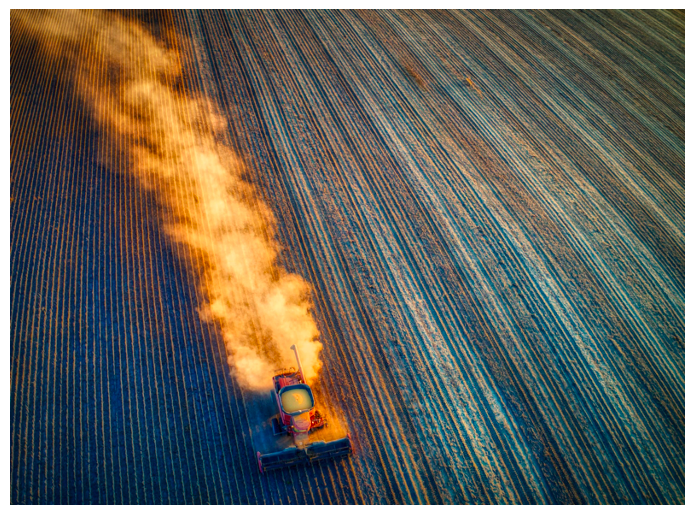
A landlocked state, located far away from export ports and from Brazilian states that concentrate the country’s livestock production, Mato Grosso had to deal, until a few years ago, with a corn glut that used to take a toll on cash prices. On many occasions, corn prices were lower than the transportation costs to take the grains to the ports or other Brazilian consuming states.
In 2008, 2009, 2010, 2014 and 2017, when prices fell below the minimum level guaranteed by the federal government, corn producers were helped by marketing instruments provided by Conab, which worked, in practical terms, as an export subsidy. In 2017 alone, 8.3m tonnes of corn from Mato Grosso (almost a third of that year’s production) left the state thanks to that kind of subsidy.
Higher Prices
Since then, corn prices in Mato Grosso have risen, supported, among other factors, by more efficient logistics brought by new ports in northern Brazil, stronger exports, larger feed demand and, last but not least, ethanol production.
In 2017, corn cash prices in western Paraná (a region that is a large poultry and pork producer and is close to the port of Paranaguá) were 38% higher on average than those seen in northern Mato Grosso. In 2020 and 2021, the gap shrank to 19% and 20%, respectively, according to consultancy, AgRural.
Besides being an extra corn buyer, boosting competition in the market, ethanol plants have a modus operandi that provides further price support. In order to secure supplies, they normally purchase corn several months before harvest and bid higher than other buyers. In many cases, ethanol plants buy more corn than necessary for their operation and are able to resell part of that corn in the market when prices rise, as it has been relatively common in Mato Grosso since 2020.

With gasoline prices driven up by the recent rallies in the crude oil market and the (until recently) greatly undervalued Brazilian Real, and spurred by the strong demand for DDG and DDGS (by-products used for feed), ethanol plants have proved to be financially viable. In Mato Grosso, their operating margins are likely to reach 25% to 30% in 2022, according to AgRural.
For farmers, ethanol plants are also a good deal. In addition to more attractive prices and forward contracts (something uncommon in the Brazilian domestic market until recently), the mills are located close to farms, which means little trouble when it comes to storage and transportation.
For all those factors, and also for Brazil’s successful adoption of ethanol as a cheaper and more sustainable alternative to gasoline, corn-ethanol production is slowly, but firmly expanding beyond Mato Grosso’s borders. Although the state still produces 86% of the country’s corn ethanol, followed by Goiás (11%) and Paraná (3%), new projects are popping up in more states.
Corn-based ethanol also faces challenges such as lower productivity compared to sugarcane, the long distances between producing regions and consuming centres, and the volatility in oil prices and the Brazilian Real, which at moments make Brazilian drivers more inclined towards gasoline. Nevertheless, with an expected 30% increase in the second corn crop area until 2030 and the need of local solutions for overproduction, ethanol already seems to have secured its place in Brazil’s corn supply and demand balance. That means the competition for Brazilian corn between exporters and domestic buyers will likely become fiercer in the coming years.
Other Insights That May Be of Interest…
Ask the Analyst: The Impact on Brazil’s Ethanol Import Tariff Removal
Interactive Reports That May Be of Interest…
Explainers That May Be of Interest…



